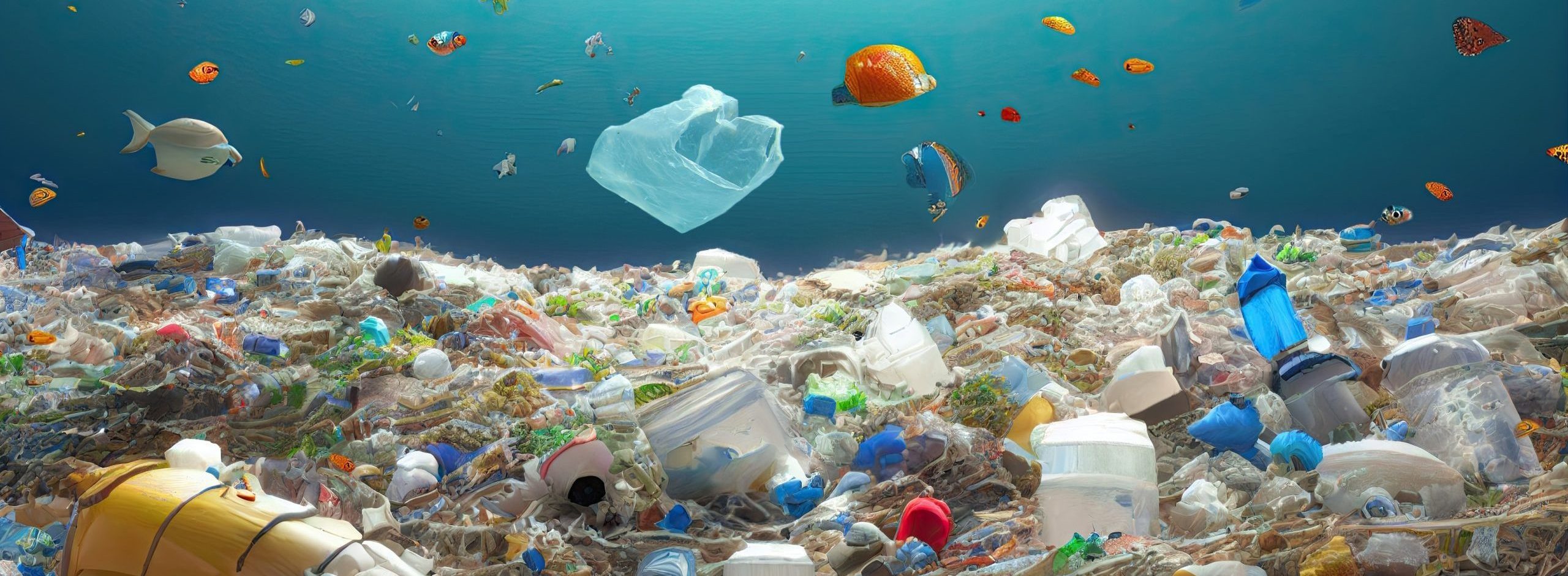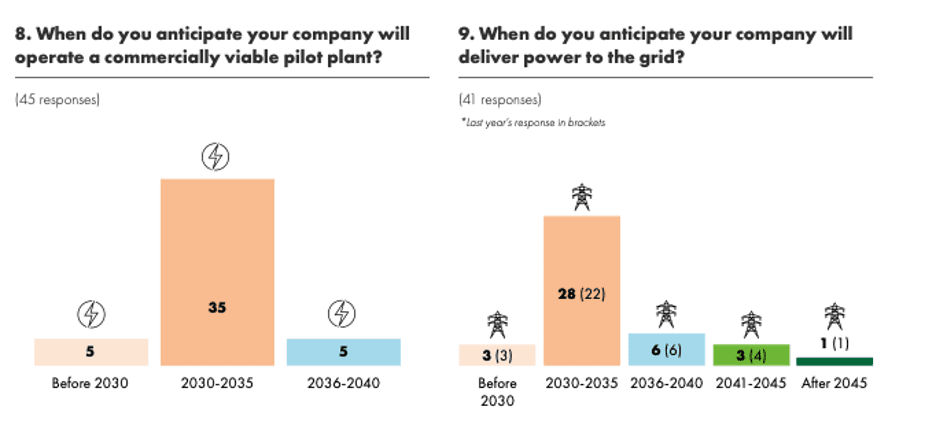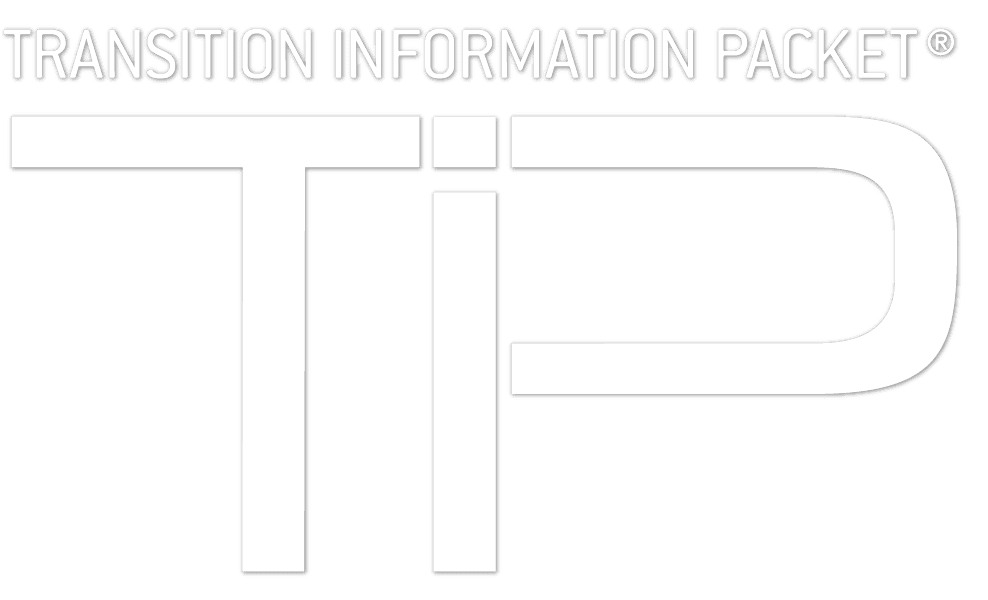Written by: Jenny C. Servo,Ph.D. & Erin George, MLS
Who could have imagined that the search for a substitute for ivory used in billiard balls in the 19th century[1] would give rise to an industry whose impact today is already preserved in sedimentary layers of the earths’ fossil record[2]. Dubbed as the “plastics age”, research conducted by the Scripps Institution of Oceanography in the Santa Barbara basin off the California coast[3] has demonstrated that since the 1940’s microscopic sediments in the ocean have doubled about every 15 years. The more apparent, visible signs of the pervasive use of plastics today is seen in the “Great Pacific Garbage Patch” – regions of the Pacific ocean. as large as the state of Texas[4], filled with the stifling debris of plastic.
The impact on the environment which most consumers don’t see, could have a profound impact on the food chain. There is growing evidence that microplastics, pieces of plastic less than five millimeters in length, are entering the food chain. “Microplastic exposure to humans is caused by foods of both animal and plant origin, food additives, drinks[5], and plastic food packaging.”[6] There is also evidence that nanoplastics, smaller than 1 micrometer can enter human cells and cause DNA damage[7].
The “take-make-waste” model is no longer acceptable. Taking oil and gas from the earth, turning it into plastic and then throwing it away is having profound and negative impact.[8] Data on what happens to waste varies, but in general, 14% of plastic waste is collected for recycling, 14% is incinerated and/or used for energy recovery, 40% is landfilled and 32% leaks into the oceans.[9] The concept of the circular economy mirrors the sustaining processes in nature. “In a new plastics economy, plastic never becomes waste or pollution.[10]”
Although the concept of a circular economy has gained traction, there are over one hundred definitions of what that means[11]. However, when it comes to plastics, the definition used by plasticmakers.org is clear “Circularity means using plastics… more efficiently by keeping the material in use for as long as possible, getting the most we can from the material during its use, and then recovering it to make new products.[12]”
The market for plastic circularity is growing. According to the American Chemistry Council, it is important however to note that there are differences between durable and non-durable plastics and the end-of-life (EOL) methods each uses for recycling. Durable plastics that are meant to be in use for many years and are used in automotive, building and construction, electronics and medical industries. Non-durable plastics are those intended for single use and packaging. The global market for recycled plastics, according to MarketsandMarkets, was valued at $69.4 billion in 2023 and projected to reach $120 billion by 2030 at a growth rate of 8.1%.[13]
The growing use of recycled plastics by major companies in the automotive, packaging, and electrical and electronics industries is a major driver of growth in the market, along with the policies and initiatives that are being implemented to promote the recycling of plastics and their reuse. Some of the key players in the U.S. market include MBA Polymers, Plastipak Holdings, Republic Services, and Stericycle.[14]
In a similar vein, MarketsandMarkets also reports on the global post-consumer recycled plastics market in 2024 was valued at $71.44 billion and projected to grow to $106.97 billion by 2029 at an 8.4% CAGR. The market is defined as those plastics that are recycled and collected from consumers such as bottles, films, and foams. Circular economy programs are promoting resource utilization and waste management which is a main driving factor in the growth of this market.[15]
[1] Arthur Neves, “First successful substitutes for ivory billiard balls were made with celluloid reinforced with ground cattle bone,” Phys.org, November 24, 2023
[2] Damian Carrington, “After bronze and iron, welcome to the plastics age, say scientists,” The Guardian, September 4, 2019
[3] Jennifer A. Brandon et al, “Multidecadal increase in plastic particles in coastal ocean sediments,” Science Advances, September 4, 2019
[4] National Geographic, “Great Pacific Garbage Patch” Accessed January 30, 2025
[5] Zia Sherrell, “Concerned about microplastics in tea bags? Here’s what researchers say you should know,” Yahoo/Life, January 30, 2025
[6] Abdullah al Momun et al, “Microplastics in human food chains: Food becoming a threat to human safety,” Elsevier, Volume 858, Part 1, February 2023
[7] Stephanie Duchen, “Microplastics everywhere,” Harvard Medicine, Spring 2023
[8] Ellen McArthur Foundation, “Plastics and the circular economy – deep dive,” September 15, 2019
[9] World Economic Forum, Ellen McArthur Foundation and McKinsey and Company, “The New Plastics Economy: Rethinking the future of plastics, “2016
[10] Ellen McArthur Foundation, “Plastics and the circular economy – deep dive,” September 15, 2019
[11] Julian Kircherr et al, “Conceptualizing the circular economy: An analysis of 114 definitions,” Resources, Conservation and Recycling, Volume 127, December 2017
[12] Plasticmakers.org, “ What is circularity?” Accessed January 31, 2025
[13] “Recycled Plastics Market,” MarketsandMarkets, April 2023
[14] “Recycled Plastics Market,” MarketsandMarkets, April 2023
[15] “Post-Consumer Recycled Plastics Market,” MarketsandMarkets, October 2024







